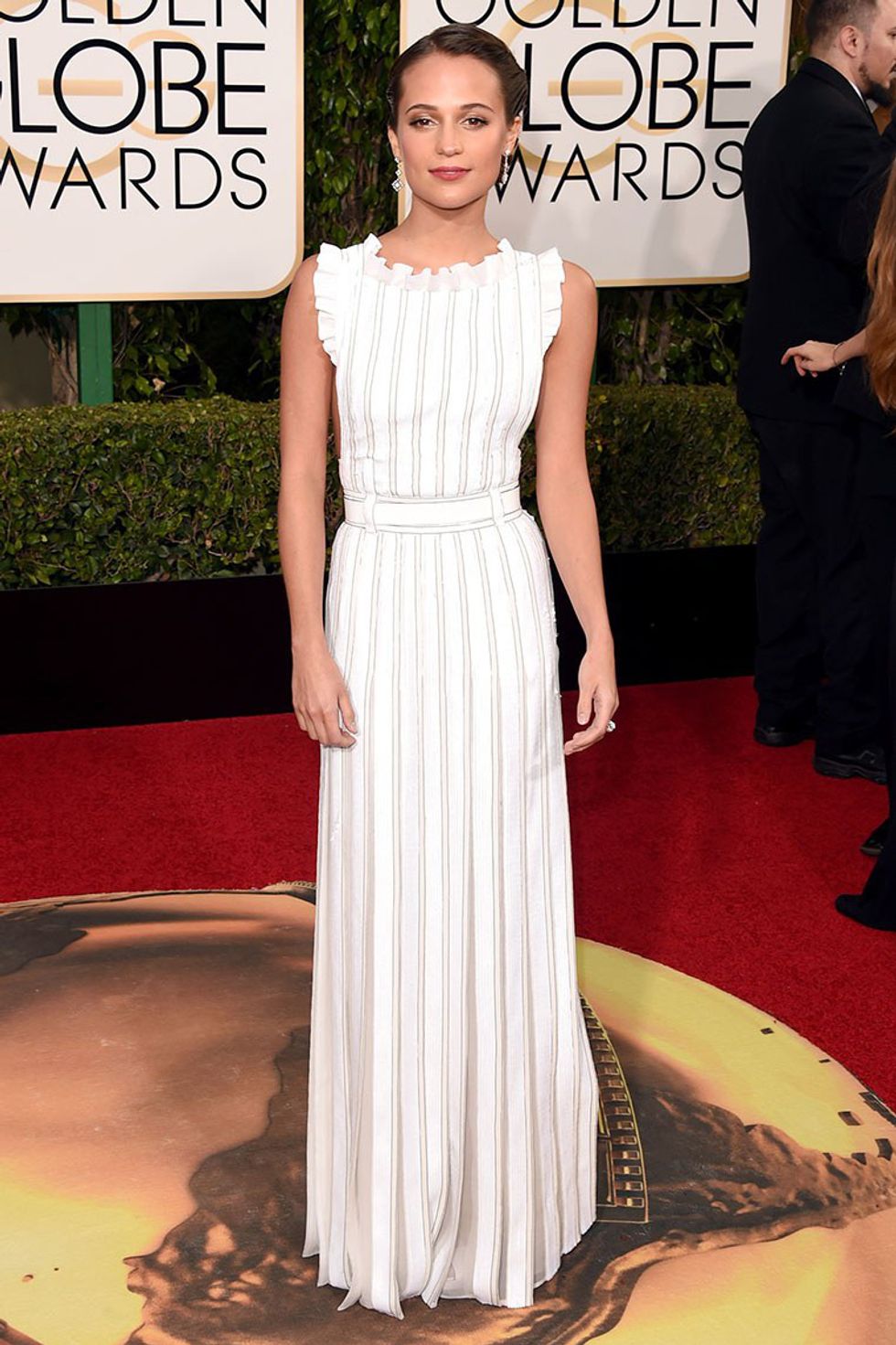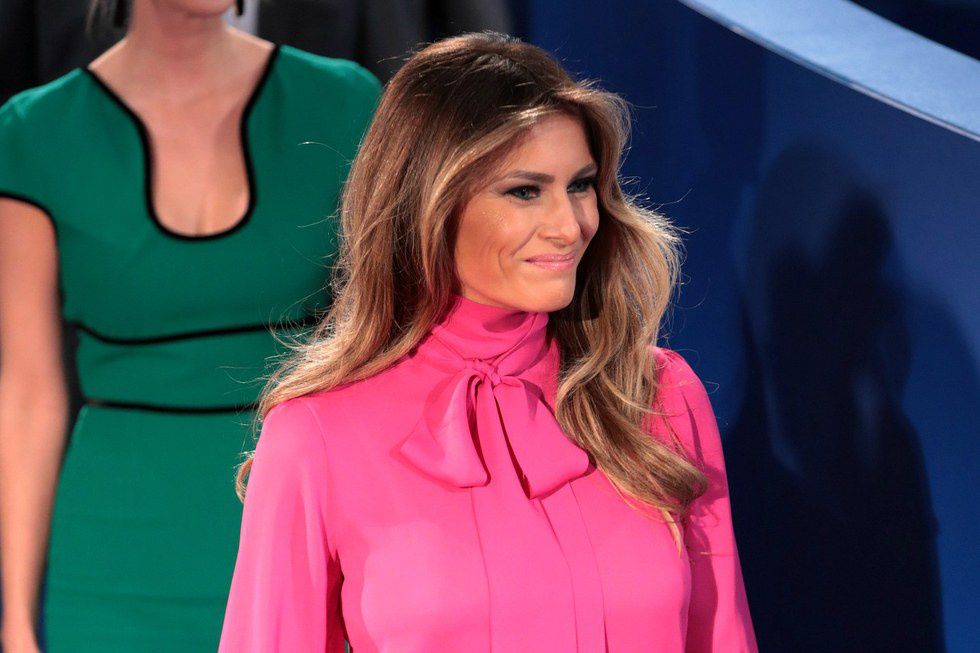Vogue has been around for over a century; but, its longevity is not the only impressive quality of this magazine-turned-fashion-empire. It’s influence on the fashion world has been paramount for decades. Anyone who is remotely interested in fashion has heard of Vogue and most likely read it. With this context, it isn’t surprising that with the publication of the December issue, there were a million eyes (give or take) analyzing its content. That’s how all of the drama started.
A print-only article within this most recent issue titled, “Desperately Seeking Cleavage” by Kathleen Baird-Murray, has caused quite a panic and loads of critique, which is also not surprising. It seems to me, at least from what I have observed in my short adult life, that the internet makes it possible for every human from every corner of the world to crawl into the limelight with negative opinions. Don’t agree with a certain celebrity quote? Bash them on social media. Hate a picture somebody posted? Comment whatever you want. There’s nothing and no one stopping you, and the lack of tangible consequence can be dangerous. Not only that, but it allows our timelines, feeds, and lives to be constantly polluted by negativity and people who seem to take offense to everything. So, one might say I am biased prior to analyzing this Vogue controversy, but at the same time I am also a young college student who strongly believes in the body positivity movement. Needless to say, I was quite intrigued when I stumbled upon the drama.
Let me start my conclusions about the controversy by first taking a look at the article from the UK Vogue, itself. Except, the original article is nowhere to be found on the Internet. It seems as though you have to purchase the print version of the issue to view its content, which does make sense. However, you can find a thousand responses to the article but they all cite a somewhat summary of the publication on Vogue’s website.
That is my first complaint towards anyone who is responding to the controversy. Opinions are all well and good, but they will never have any meaningful influence without thorough research and evidence to back them up.
While the article itself does teeter on the line between offensive and observational, most of the points made by Baird-Murray do have some validity. While, in the past, fashion moguls and red carpets have displayed a higher count of cleavage-bearing starlets, those numbers seem to be declining. That’s what Vogue analyzes: iconic fashion statements. Baird-Murray cites Alicia Vikander at the Golden Globes and the popularity of the pussybow blouse worn by, most famously, Melania Trump.
And as those keen observations from a clearly acclaimed fashion journalist do hold some truth, it is the extent to which Baird-Murray seems to cross the line into offense territory that does warrant some backlash. It isn’t shocking that she chose language that can be taken as “edgy” to match the caliber of Vogue and their sphere of influence on the fashion world: it’s the job of the Vogue staff to make or break trends. However, Baird-Murray seems to linger just a little too long in the realm of downright hostility. And not only that, but in an era of pervasive body empowerment, she should have predicted more backlash than praise.
The now infamous quote from the article that nearly every response has used to attack her and Vogue, says:
“The tits will not be out for the lads. Or for anyone else, for that matter.”
It is one thing to observe a certain approach to fashion going out of style, even if it involved body parts, but it is a whole other thing to claim that a trend should determine a person’s actions or worth.
Therefore, every response to this controversial article that attacks this problem: brava. To every response that is ill-advised and just wants to get attention for having something negative to say: really?!











 The minimum wage is not a living wage.
StableDiffusion
The minimum wage is not a living wage.
StableDiffusion
 influential nations
StableDiffusion
influential nations
StableDiffusion












